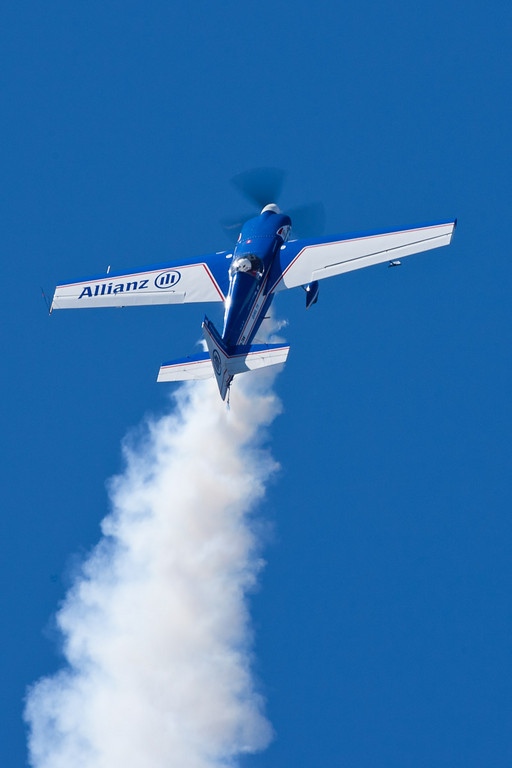What Marketing Can Learn From Sales and Vice Versa
“How do you contact people who live way up there in the clouds?” That was how Alex Kvassay reframed a question presented him at this week’s Wichita Aero Club.
The legendary aircraft salesman, now retired but still going strong at age 85, recounted lessons learned in his 30 years of globetrotting sales. And we were taking notes.
Seldom do aviation marketers have the opportunity to hear from salespeople who have achieved at such a high level. With clients that included the captains and the kings. The famous – Onassis, Cisneros, Hussein. And the infamous – Bin Laden, Castro, Ojukwu.
The Hungarian native speaks five languages and as moderator and former colleague Al Higdon noted, “He will tell you, he speaks English the bestest.” Kvassay worked for both Bill Lear and Olive Ann Beech, racking up total sales that may still be a record.
Knowing Your Audience
And how did he do it? He assured the crowd, “You don’t just walk into the office and say, ‘I want to sell you an airplane.’” It involves finding those with the means, the need and the desire. But even when you identify that individual, Kvassay said, you aren’t home-free. “You still may have problems with his board of directors or his wife.”
He talked about the differences between sales stateside and overseas. Here, he said, you have to be well versed in taxes, cost of operations and the business side of aircraft ownership. In dealing with an international client, he never brought up the cost of operation. “That would have been an insult.” Looking at Higdon he added, “I always tore up all those beautiful brochures you created for us. Our customers couldn’t care less.” Higdon deadpanned, “Now I know where our brochures went.”
Going the Distance
Anecdote after anecdote reinforced Kvassay’s unspoken secret. He made sales because he made contact. In person. Even if he didn’t always know where he was headed. In the case of Biafra (now reintegrated into Nigeria), “First, I had to find a map to find out the hell where it was.”
He also learned to read people. Knowing one prime minister would want a plane bigger than neighboring prime ministers. Appealing to egos. Telling one general from Manila that he wanted a Learjet not a Citation: “It climbs like a homesick angel and makes a lot of noise on takeoff so everyone will know the general’s in the air.”
And Kvassay asked for help. “Where can I sell an airplane?” he’d ask. And when he got a suggestion, off he’d fly. Whether that was to Casa Blanca or Santo Domingo.
As a marketer listening to this sales warrior, it pleased me every time he acknowledged the times he didn’t find the customer. When the customer found him. “Learjet was well known all over,” he said.
That’s marketing for you.
Professional Pilot has been running a monthly column called “Alex Remembers” for two years – and has a number in the queue says owner/publisher Murray Smith. Don’t miss reading Kvassay in his own words.



